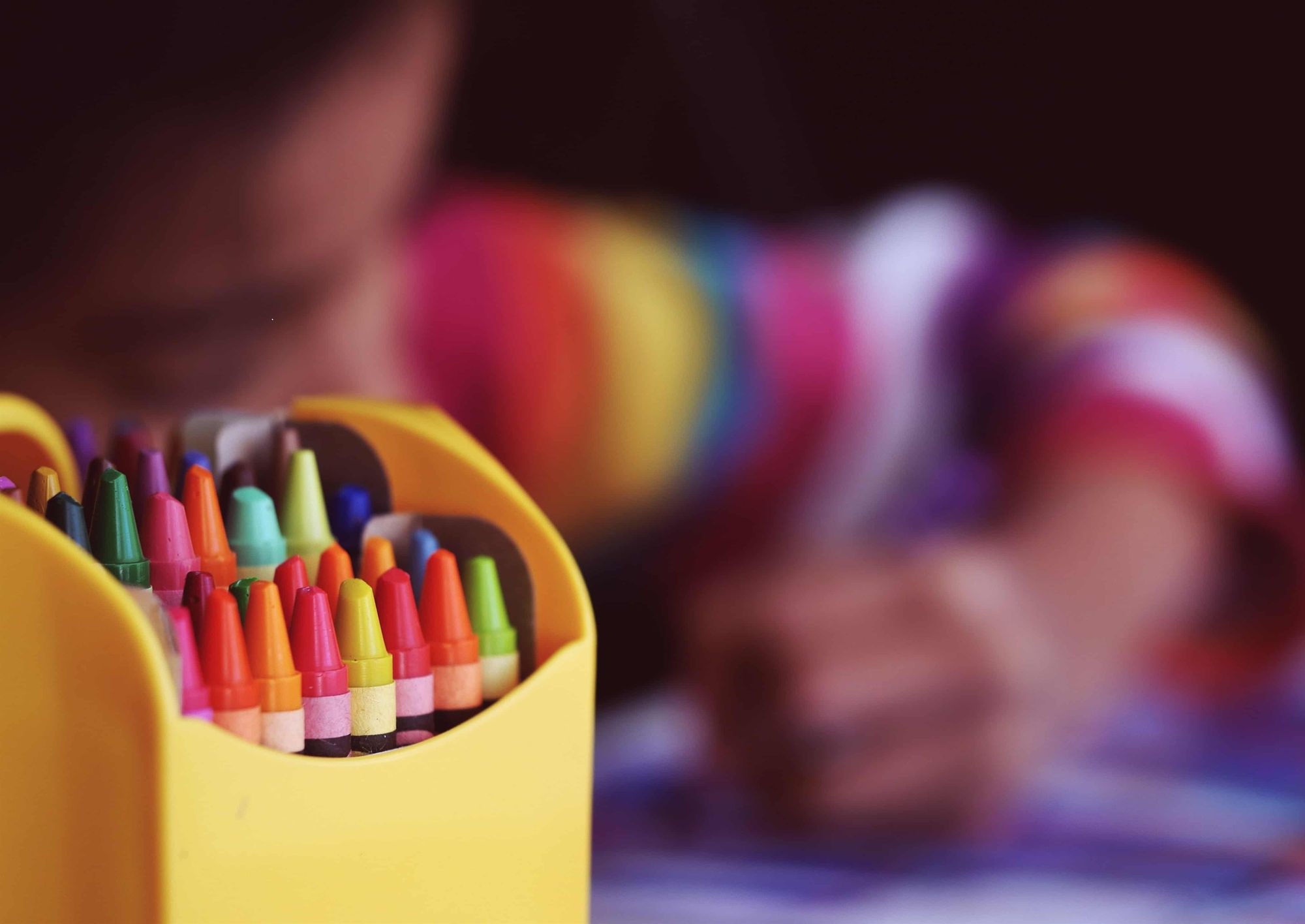Do you remember how you were as a student? How did you prepare for the exams? How did you handle the tough concepts in class? We know that each child is different and each child learns differently. Today, we will be looking at types of learning, specifically, four learning styles that we would have followed knowingly or unknowingly. Every learner can be put into one of these four styles and may fall under more than one. It is a very interesting topic.
It is easy to recognize the types of learners in your classroom. Those who understand better with visuals, fall under visual learners, those who respond well to questions are auditory learners and those who love text and written words fall under linguistic and those who need physical activities are kinesthetic learners. You can better understand your students from their problem-solving skills, the way they take their notes, the way they interact with other students, and more.
Without further ado, let us look at the types of learners and types of learning:
Types of learning- What are the 4 Learning Styles
The four main types of learning are:
- Auditory learners
- Visual Learners
- Linguistic Learners and
- Kinesthetic learners
Now, let us look at the types of learning more closely:
1. Auditory learners
As mentioned, there are different types of learners and auditory learners are those who learn in a better way when there is sound. That is, rather than reading it silently, they will learn the concepts better when they read it aloud. They connect with sound. These types of learners are vocal and often, are not shy to express themselves. These kinds of learners love to listen to lectures & they participate in discussions and debates to understand the concept in a better manner. It is hard to get these types of learners to stop talking and that’s why you, as a teacher, must involve them in the class using questions and answers, seminars, etc.
2.Visual Learners
Visual learning is one of the different learning styles. This type of learner observes things. They connect well with images, pictures, objects, and other visual aids. This helps them to retain things better. As a teacher, you can use animations, demonstrations, and likewise to ensure effective learning for these types of learning in education. You can make use of the board, bring real-life objects to the classroom, and explain so that learning is more effective. This type of learning is also called spatial learning.
3.Linguistic Learners
These learners depend largely on reading and writing. They learn better with written words as opposed to auditory learners. They process the information by reading or writing their notes. They love writing assignments and looking into the dictionary and has a huge focus on the text. As a teacher, you can help them by giving them written assignments, notes, and likewise. To further help these students, you can make them explain pictures or diagrams and ask them to write about a visual that you had exhibited in the class.
4.Kinesthetic Learners
These types of learners learn best by engaging in some sort of physical activity. They are always full of energy and enthusiasm. They need practical experiments to learn better. To help them, you can give them experiments to do or tasks that will help them with recreating experiments to illustrate concepts in a better way. They learn by doing things. It also helps them if they are physically engaged while doing something like walking, tossing a ball, or something of that sort.
Conclusion
As a teacher, you should know how to cater to each student and different types of learners in order to ensure that there is effective learning in the classroom. As teachers, you can identify which category each student fall into easily. We have already discussed how you can identify these learners at the beginning of this blog. As mentioned, one specific strategy won’t fit all the students alike. Different teaching methods and styles of instruction have to be employed to ensure that every student benefits from the lessons. To learn more about teaching methods, check out our blog on teaching skills here.
Furthermore, there are a few more types of learning that have been identified as logical learning, interpersonal learner, intrapersonal learner, natural learners, etc. these come into play when we take the larger picture into consideration. Which type of learner are you? Do you find different ways to adapt to the classroom? Let us know in the comments section. We will be pleased to hear from you. We will be back with yet another interesting blog until then, keep learning, keep growing!
If you are planning to teach online and are in search of a good online teaching app, Teachmint is the best choice. With this one-stop solution, you can manage live classes, there’s real-time student-teacher interaction, automatic attendance marking, and more. Download the app now.




